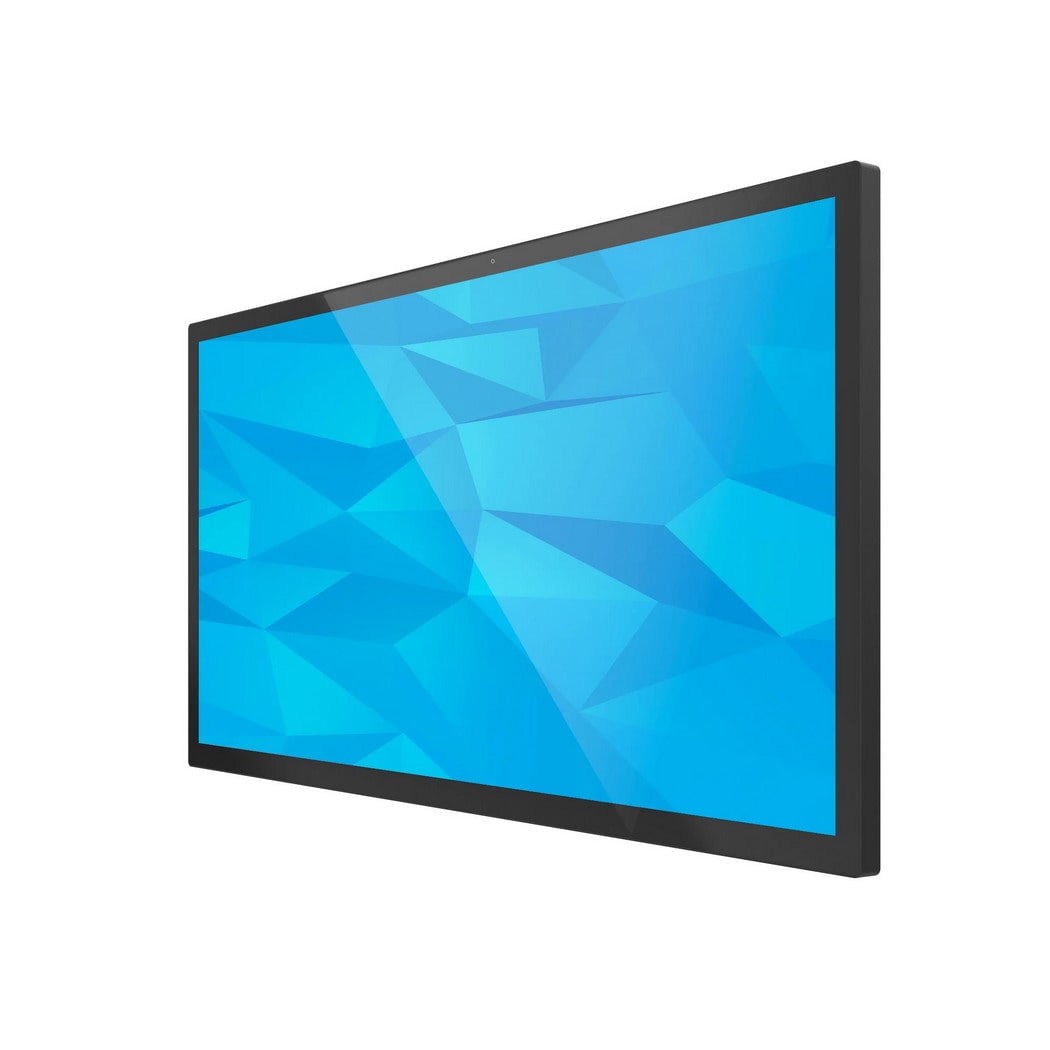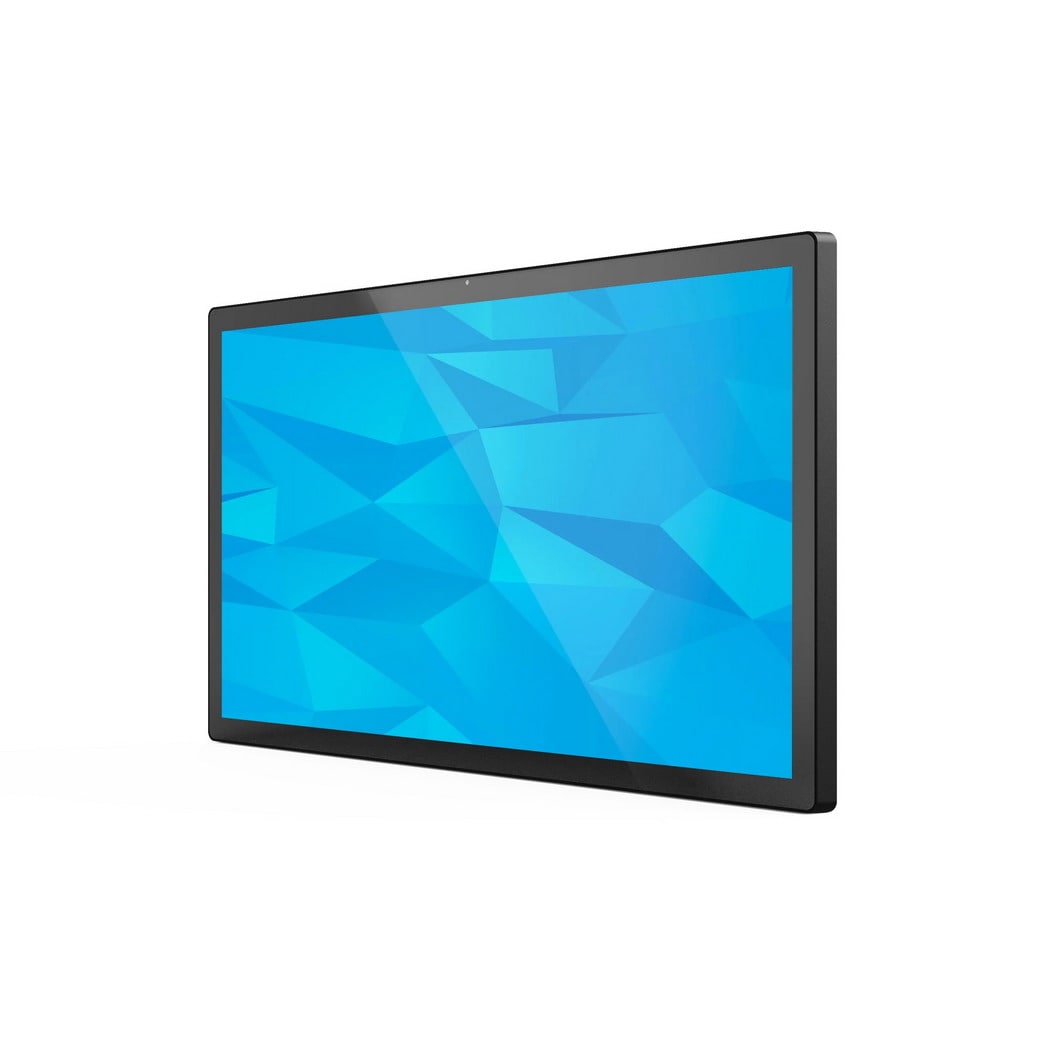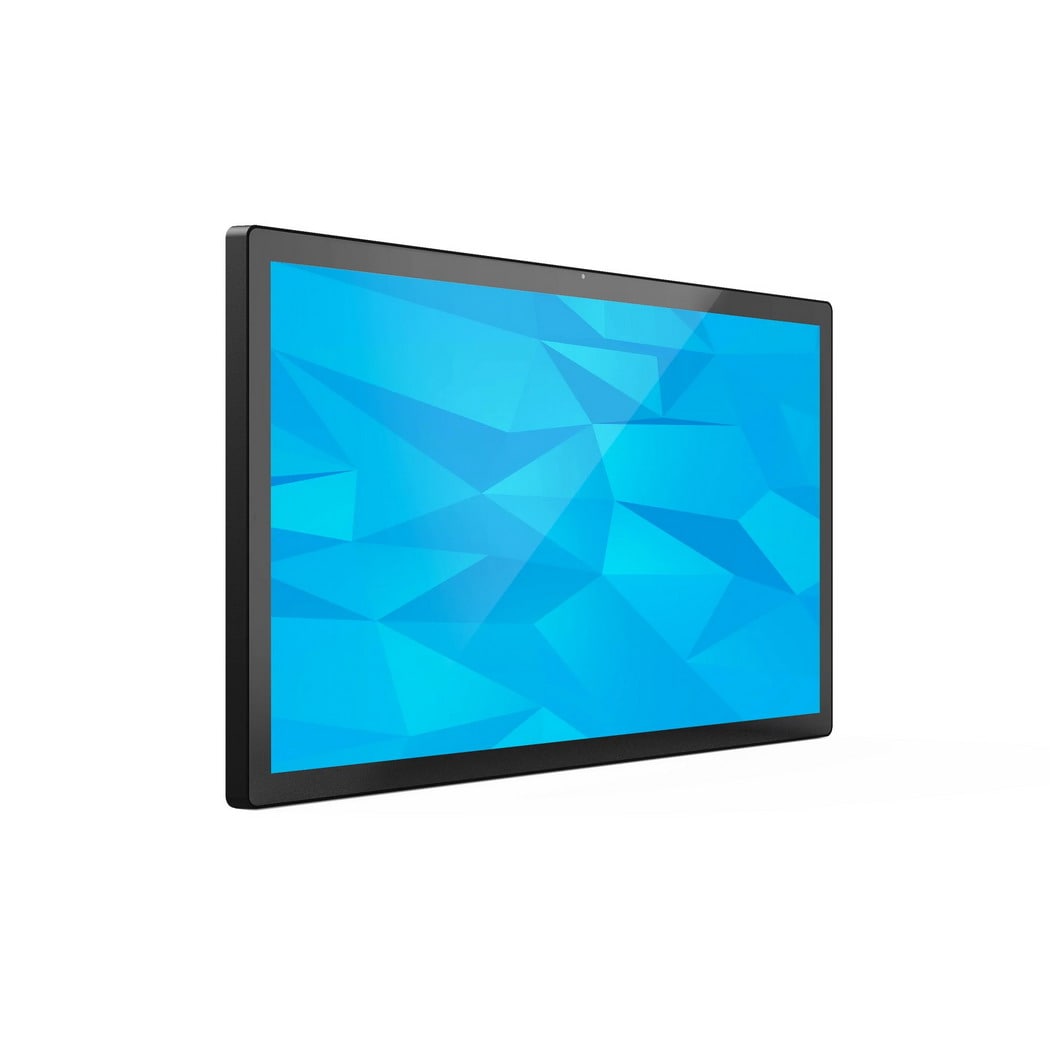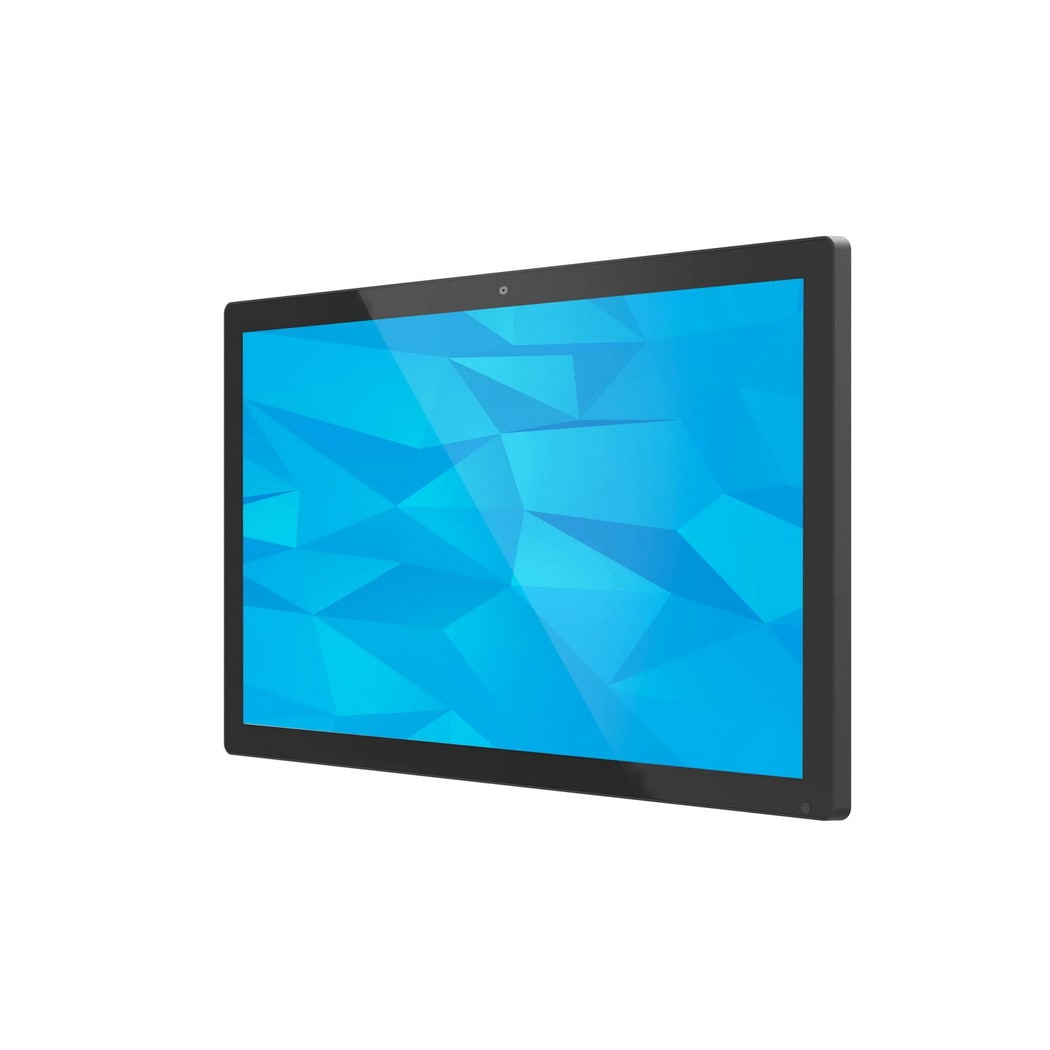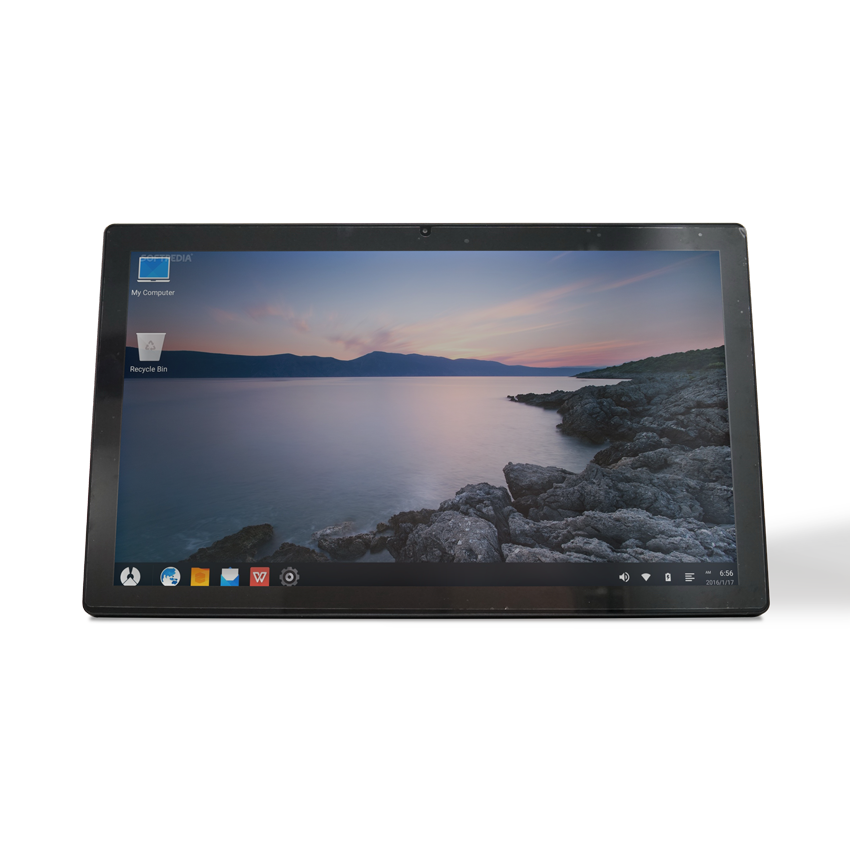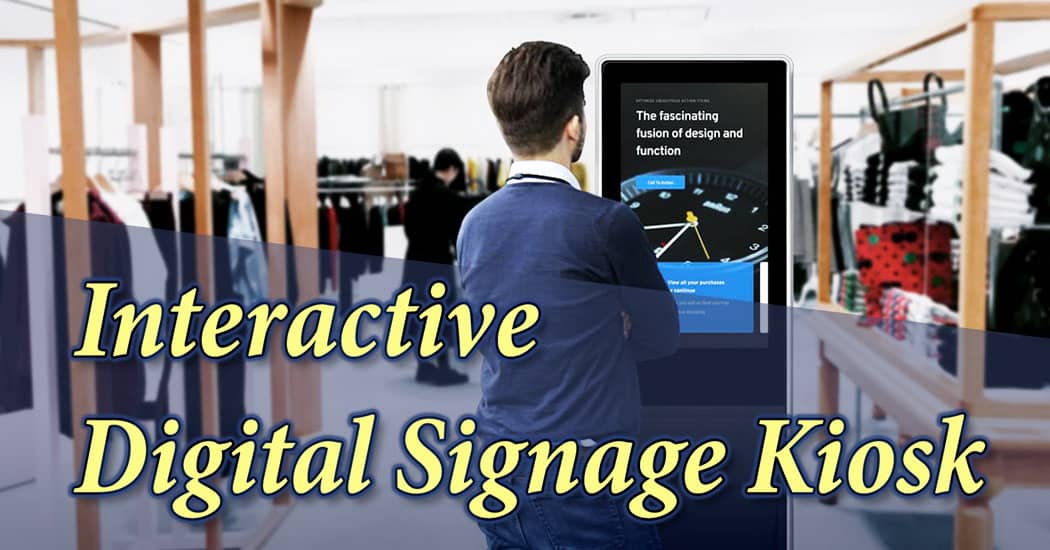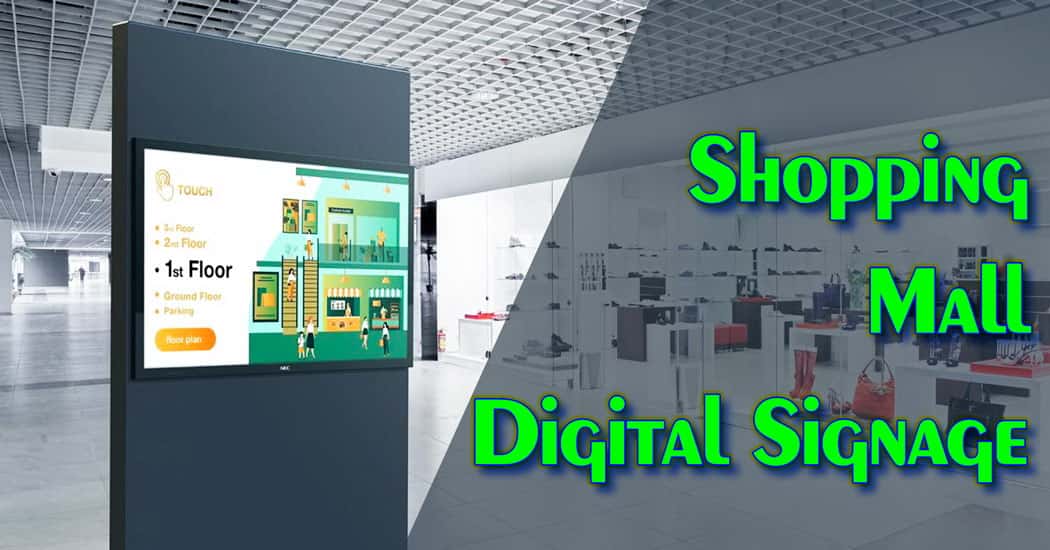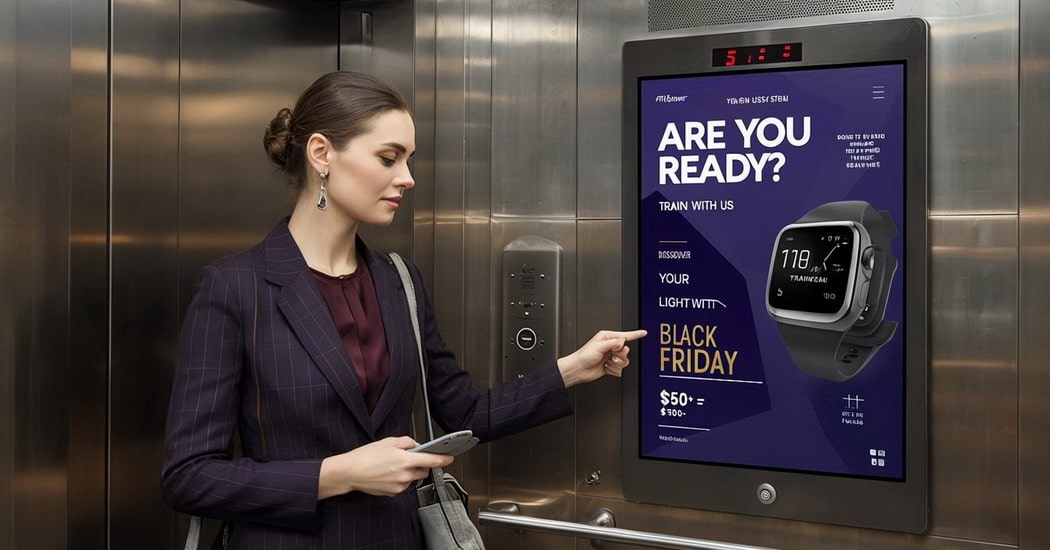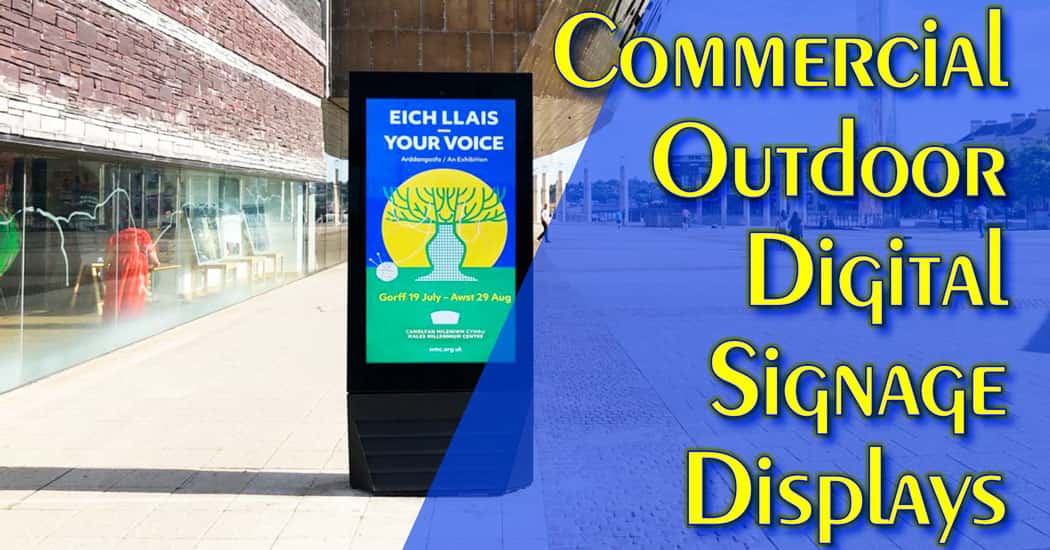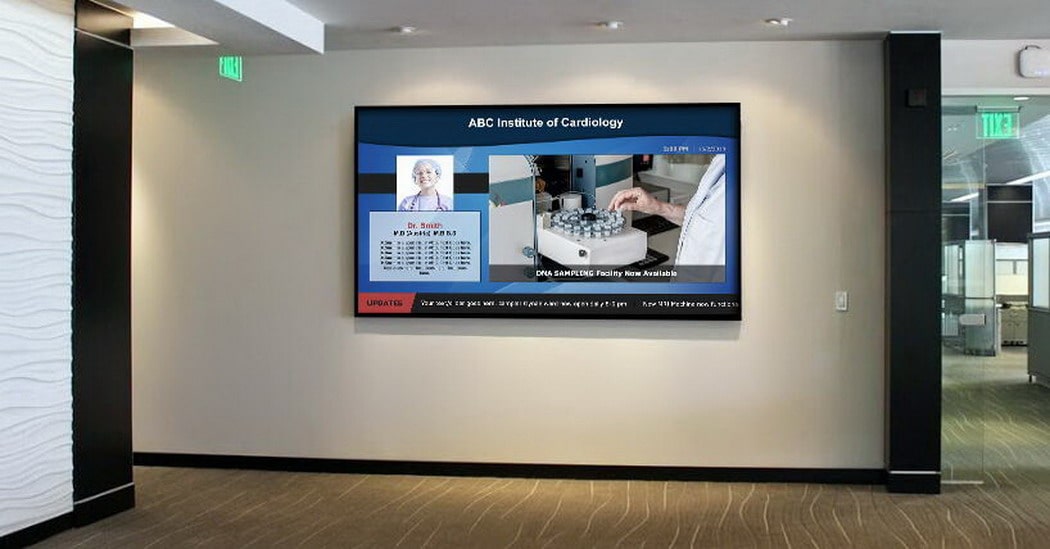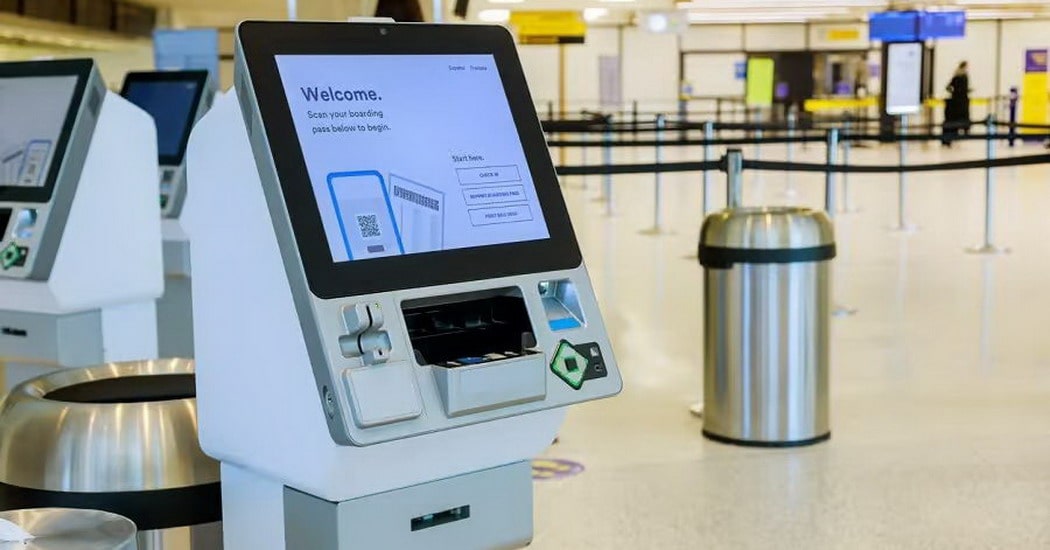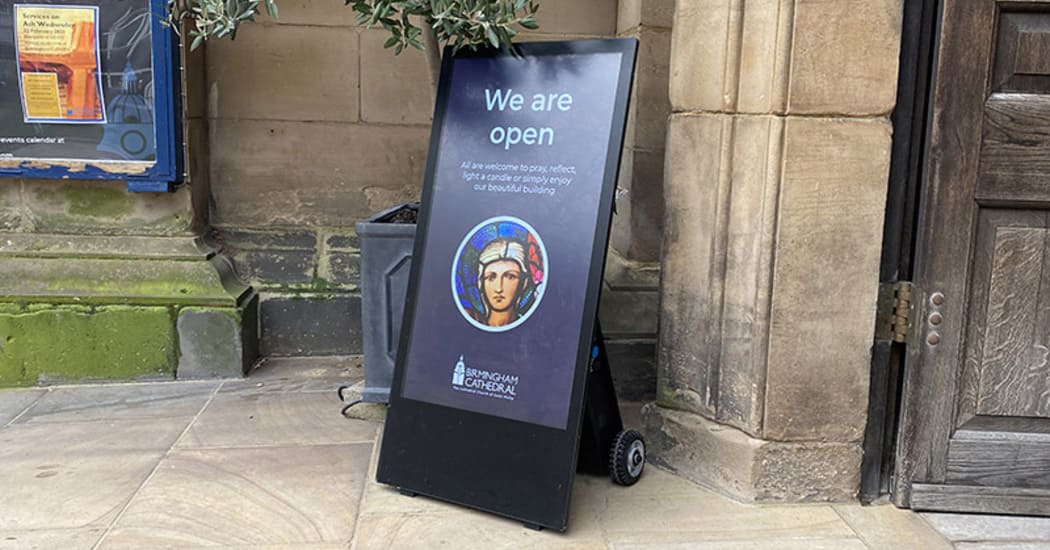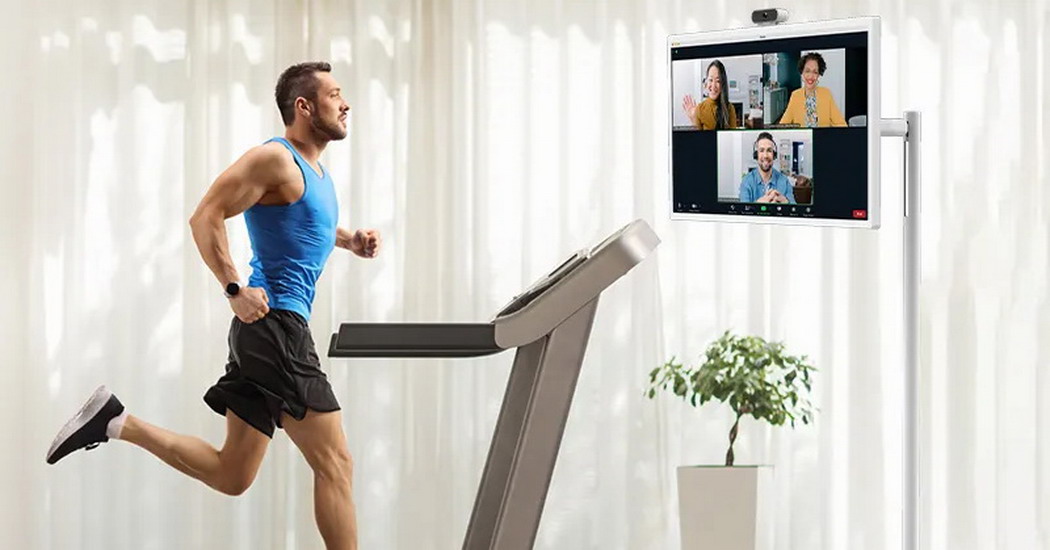
Interactive multimedia kiosk: Boost Audience Interaction Effortlessly
Explore how Interactive Multimedia Kiosks enhance customer engagement, streamline operations, and provide data-driven insights for businesses. Learn key features and applications.
Interactive multimedia kiosks—the unsung heroes of audience interaction. From retail stores and airports to museums and trade shows, these versatile tools are redefining how businesses and organizations connect with their audiences.
But what exactly makes Interactive multimedia kiosks so powerful? And how can you leverage them to boost interaction effortlessly? This comprehensive guide will unpack everything you need about Interactive multimedia kiosksedia kiosks, including their benefits and practical applications…
What Are Interactive multimedia kiosks?
At their core, Interactive multimedia kiosks are digital touchpoints that enable users to engage with content, access services, or perform tasks autonomously. Equipped with touchscreens, motion sensors, and sometimes AI-powered software, these kiosks are designed to provide seamless, self-service experiences.
Unlike static information displays, Interactive multimedia kiosks actively involve users, whether through touchscreen interfaces, QR code integrations, or even voice commands. This dynamic interactivity makes them invaluable in fostering engagement, gathering data, and streamlining operations.
Key Features of Effective Interactive multimedia kiosks
1. User-Friendly Interface
A well-designed kiosk interface is intuitive, responsive, and accessible. Avoid cluttered screens or overly complicated menus. Instead, focus on simplicity and clarity. Incorporate large, easily readable buttons and provide clear instructions to guide users through the interaction process.
For example, an airport check-in kiosk might prioritize steps like scanning a boarding pass, selecting a seat, and printing a ticket—all displayed in a logical, step-by-step sequence.
2. Engaging Visuals and Content
The visual appeal of a kiosk is just as important as its functionality. Bright, vibrant screens, high-quality graphics, and dynamic animations draw attention and encourage users to interact.
For example, in an interactive gaming setup, a kiosk with vivid visuals and immersive gameplay elements can captivate users. Imagine a kiosk at a gaming arcade that allows players to customize characters, select challenges, or even compete in mini-games. These engaging visuals and interactive features not only make the experience enjoyable but also encourage repeat interactions and longer engagement times.
3. Accessibility and Inclusivity
Interactive multimedia kiosks should be accessible to everyone, regardless of physical or cognitive abilities. Features like adjustable screen heights, voice commands, and support for multiple languages ensure inclusivity.
For example, kiosks equipped with text-to-speech options or braille instructions can serve visually impaired users, broadening their usability and appeal.
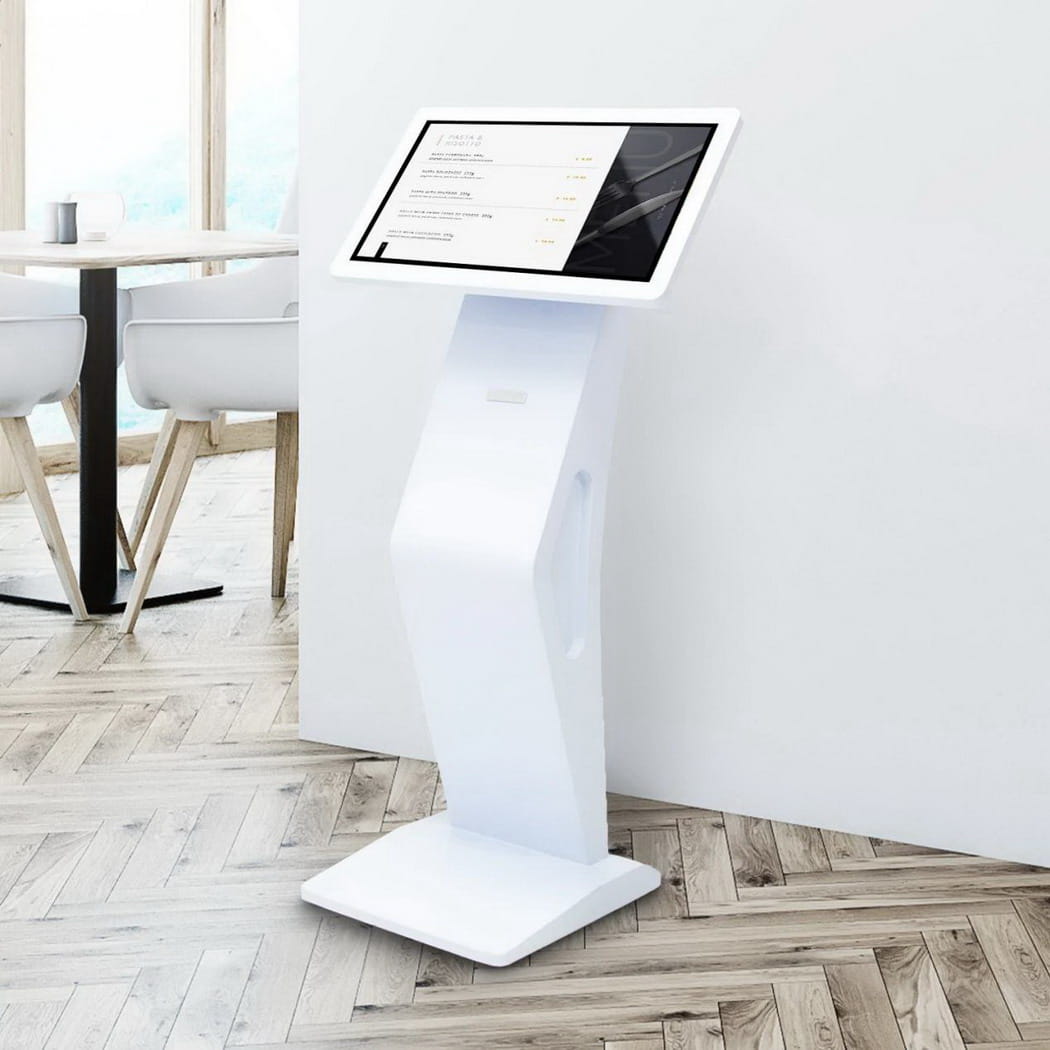
4. Seamless Integration with Other Systems
The most effective kiosks don’t operate in isolation—they integrate seamlessly with other systems. For example, a retail kiosk might connect to the store’s inventory management system to provide real-time stock updates.
Similarly, kiosks in airports might sync with airline databases to offer accurate flight information. This interconnectedness enhances functionality and ensures a cohesive experience for users.
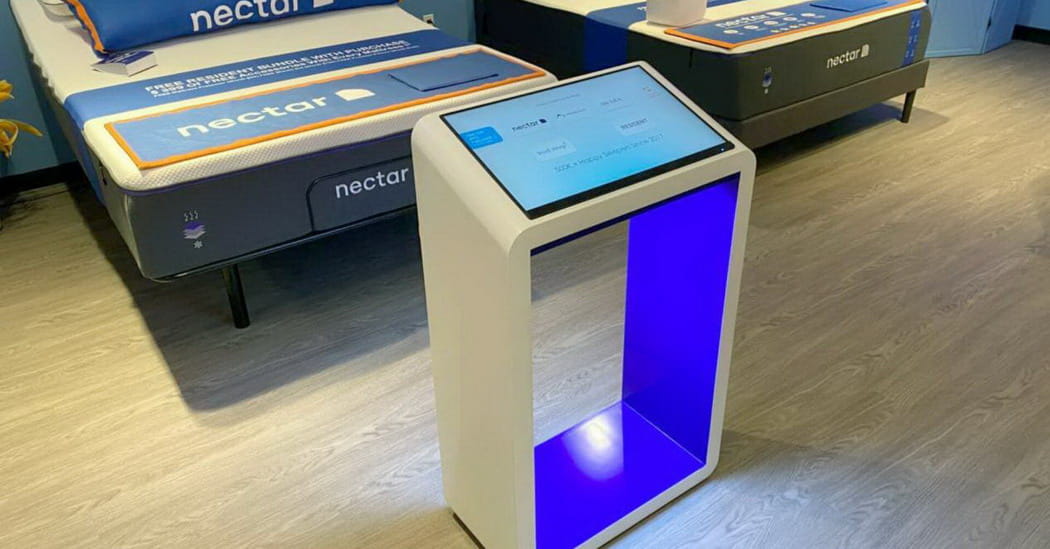
The Benefits of Using Interactive multimedia kiosks
Enhanced Customer Engagement
Interactive multimedia kiosks allow users to take control of their experience. Whether browsing a store’s catalog, navigating a museum exhibit, or checking in for a flight, kiosks empower users by offering autonomy. This hands-on approach leads to higher engagement levels and a more memorable interaction.
For example, in retail, customers can use kiosks to explore product details, compare prices, or access virtual fitting rooms. This not only saves time but also increases satisfaction by putting the customer in charge.
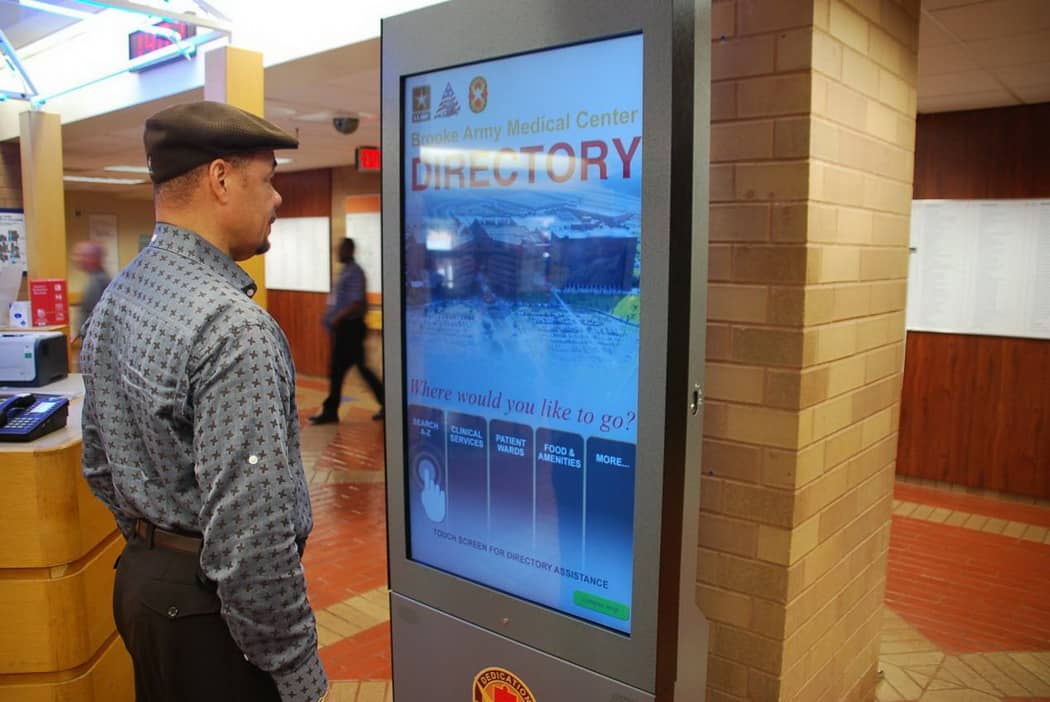
Increased Efficiency and Cost Savings
For businesses, kiosks streamline operations by reducing the need for staff involvement in repetitive tasks. Ticketing kiosks at movie theaters, for instance, enable customers to purchase tickets quickly without waiting in line for a cashier.
By automating routine interactions, companies can allocate human resources to more complex tasks, improving overall efficiency. In the long run, this reduces labor costs while maintaining or even improving the quality of service.
Data Collection and Insights
Interactive multimedia kiosks can double as data-gathering tools. They can track user interactions, monitor preferences, and even gather feedback. For instance, activations in a shopping mall can log popular search queries or measure the time spent browsing specific content.
With this information, businesses can refine their strategies, improve customer experiences, and make data-driven decisions. Such insights are invaluable for tailoring services to meet audience needs more effectively.
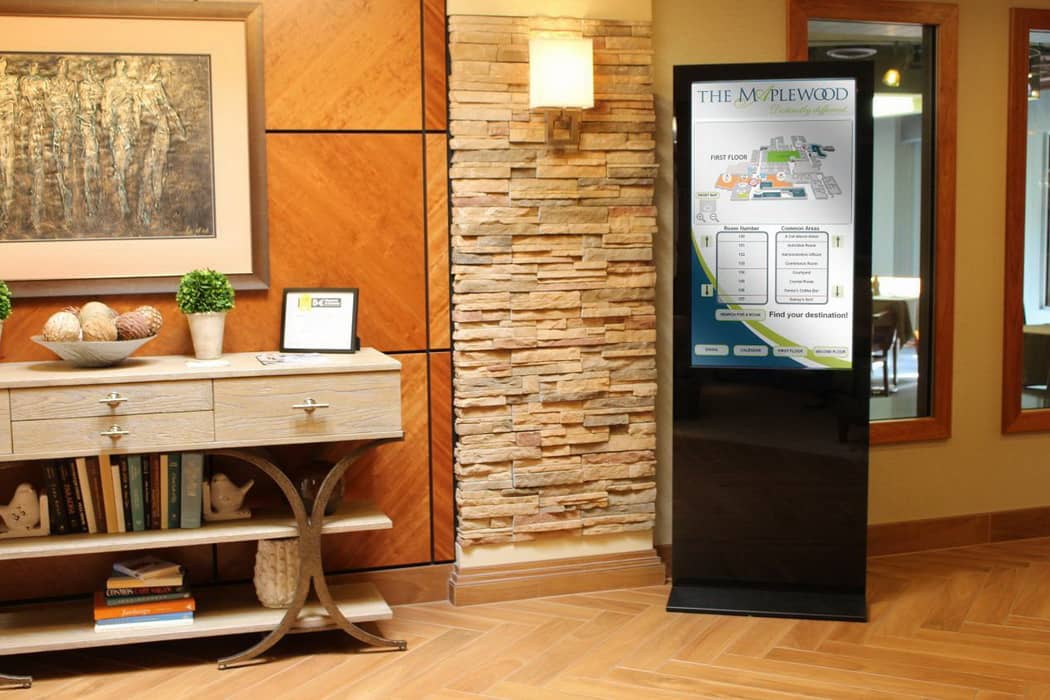
Real-world applications of Interactive multimedia kiosks
1. Retail Stores
Retail kiosks enhance the shopping experience by offering features like virtual catalogs, price comparisons, and product recommendations. Some kiosks even allow customers to place online orders for items not available in-store.
2. Healthcare Facilities
In hospitals and clinics, kiosks streamline processes such as patient check-ins, appointment scheduling, and prescription refills. They reduce wait times and improve operational efficiency.
3. Event Venues
At concerts, conferences, and trade shows, kiosks serve as ticketing hubs, wayfinding tools, and promotional platforms. They ensure smooth event flow while providing opportunities for branding and engagement.
4. Transportation Hubs
Airports and train stations use kiosks for self-check-in, ticketing, and real-time updates. These kiosks enhance convenience for travelers and reduce congestion at service counters.
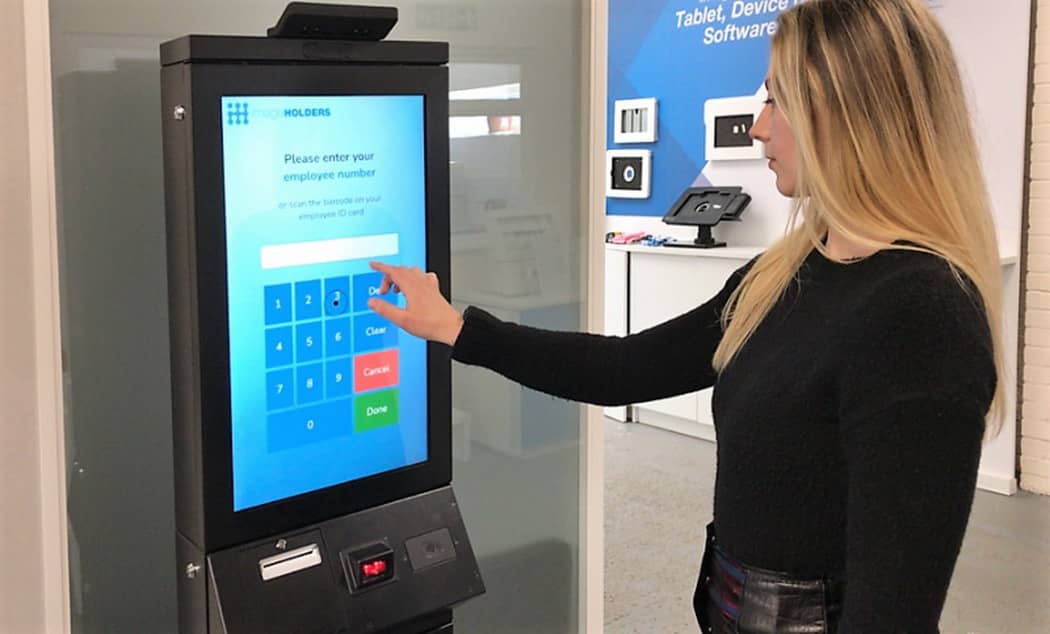
Conclusion
Interactive multimedia kiosks have revolutionized the way audiences interact with businesses and organizations. From enhancing customer engagement to streamlining operations, their benefits are vast and varied. By focusing on user-friendly design, strategic placement, and regular updates, you can harness the full potential of these digital tools.
Whether you’re in retail, healthcare, or event management, Interactive multimedia kiosks offer a versatile, efficient, and innovative way to connect with your audience. As immersive technology evolves, their role will only become more prominent, making now the perfect time to integrate kiosks into your strategy.
Closely related post:
Latest updated post:
Latest products:
